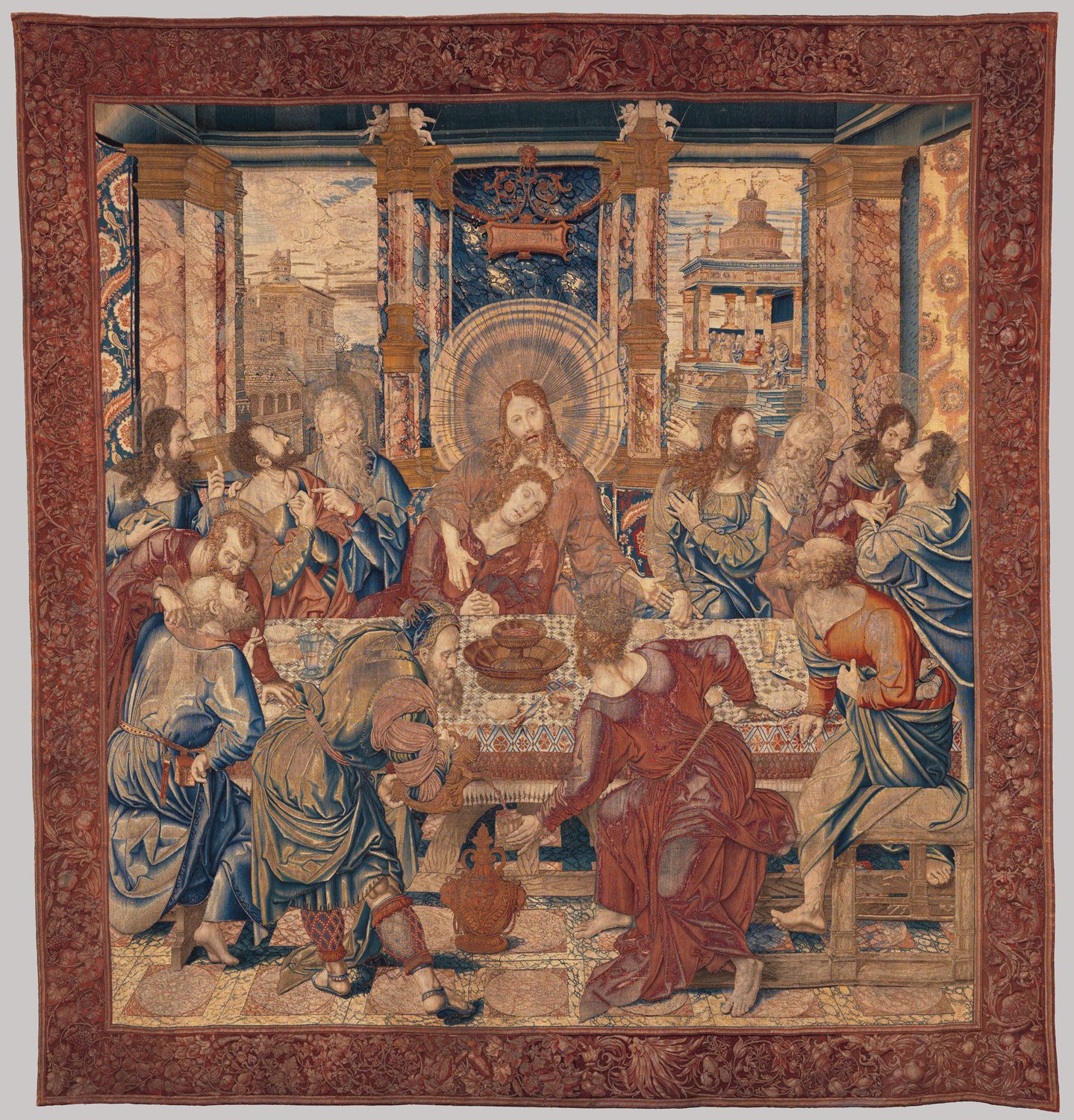Same Met, Different Purpose
When I was ten years old, I went with mother to the Metropolitan Museum of Art. It was an informative experience but, at such a young age, I could only say that it looked pretty. This past Friday, after about an eight-year hiatus, I returned to the Met. On this occasion, I was to view the art as a student rather than as a spectator.
Coming in I expected this experience to be different. The galleries and museums I had recently attended were contemporary works. They were a microcosm of a part of society and contained a hidden meaning or an abstract piece that only meant what it was. Also, I am currently taking an Art History class but this visit was the first where I was able to view the Renaissance art that I have been studying in class.
I was here for one purpose and one purpose only, to view the famed Lehman Collection. Unfortunately, as I walked to the starting location of the tour I passed many works of art. I realized I would miss out on so much. I had a limited amount of time; I had only allotted myself enough time to view what I needed for class. Alas, as I passed work after work I knew I could come back another time.
Going on this tour I was finally able to view Renaissance art with my own two eyes. There is only so much one can learn from a textbook. The problem with a textbook is primarily color and size. Colors are often illuminated or slightly different from the actual work of art. Pictures in the textbooks are constrained because it is not practical to create a 5×5 foot textbook.
For example, Petrus Christus’ A Goldsmith in His Shop, a work that was at both in the Lehman Collection and in my textbook, enlightened my understanding of Renaissance art. I was able to see the attention to detail that Northern painters were known for. The bumps on the coral, the patterns on the woman’s dress, and even the grain on the wood was all there. It seemed as realistic as the best graphics a video game could produce.

The attention to size also boosts one’s perspective on a painting. For example, Bernaert van Orley’s The Last Supper tapestry was enormous. I could imagine the painstaking labor it took to complete the tapestry as my tour guide explained that commissions like this one usually took upwards to about a decade to complete.
Overall, like last time, my experience was positive and enlightening. However, I do have some advice. First, taking notes takes your attention away from the overall beauty of a piece. You are unable to focus on the art if you are trying to paraphrase the last sentence your tour guide said. Next, a guided tour is not always a good thing. Your tour guide is sometimes limited to only what they have been taught to say. If you bring up a possible viewpoint, your idea may be put aside. Also, in my case, my tour guide seemed perturbed that I was taking notes. Finally, go to the Met. It is such an immense museum that you will find art that interests you.
